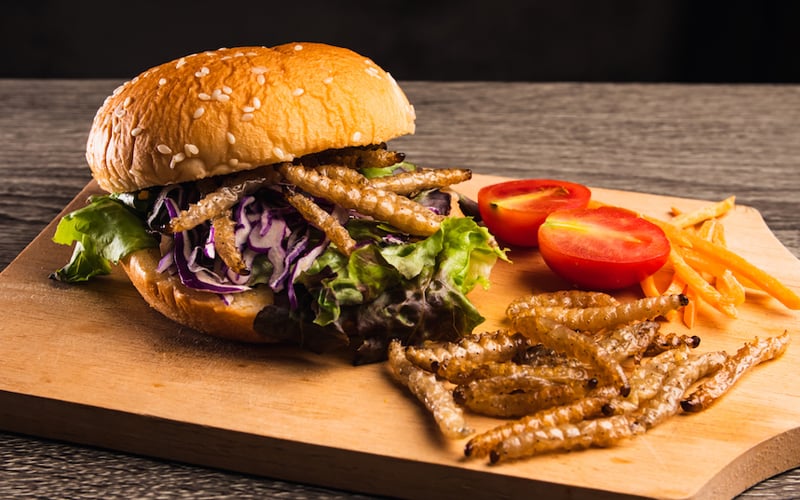
Why the ‘food disgust test’ is all the rage on social media
It touches on aspects of food people can find repulsive, including hygiene, human contamination, mould, and contaminating insects.

Does this image gross you out? The ‘food disgust test’ measures one’s revulsion when it comes to what one consumes. (Envato Elements pic)
Does a worm in a bag of salad make you feel nauseous? Do you refuse to eat from a plate that looks stained? Or does the thought of eating insects make you gag?
These are the kinds of aversions measured by a scientific test that’s currently all the rage on Twitter, where users are having fun posting their results.
We don’t all have the same level of tolerance when it comes to food. More importantly, we are not grossed out by the same things, and our risk-taking thresholds can be very different.
This is exactly what is measured by the food disgust test, currently all the rage on Twitter – and nothing to do with the kind of quizzes you find in lifestyle magazines.
This questionnaire was developed by Christina Hartmann and Michel Siegrist, two scientists from the Technical University of Zurich in Switzerland. Its development and validation is outlined in a paper published in the journal “Science Direct”.
The test consists of 32 questions, formulated as statements that you have to either agree with or disagree with. They touch on eight aspects of food that people can find repulsive: animal flesh, hygiene, human contamination, mould, decaying fruit, fish, decaying vegetables, and contaminating insects.
At the end, your level of food disgust is calculated as a percentage indicating whether it is high, low or average.

An example of a test result with an average repulsion score of 41.5%. (Food Disgust Test pic)
What does it all mean?
Beyond the colourful circular chart that tells you what kind of triggers you are most repulsed by, the researchers shed light on the mechanisms of food disgust.
In some cases, it may be a primal reaction to protect ourselves from disease – the researchers even refer to human instinct when it comes to avoiding decomposing fruit.
Or these aversions could be related to disease avoidance mechanisms, when seeing food nibbled by a worm, for example. The analysis suggests that disgust concerning vegetables may originate in childhood, and can be difficult to change later in life.
But there is also a cultural dimension to food disgust, especially when confronted with animal flesh. A French gourmet’s mouth might water at the idea of frogs’ legs or snails, for example, while a Japanese consumer might not flinch at the idea of eating shirako, the seminal fluid of fish.
If this test has become popular, it could be because the food disgust test is reminiscent of the famous personality test known as Myers-Briggs. This tool, often used by recruiters, evaluates how we interact with our peers, our environment, and our way of understanding the world, identifying the strengths and weaknesses of a personality.
That said, the food disgust test is probably a little more fun.
Food & Beverage
Alice tanhai ping 02/05/2023
goodmorning everyone have a nice day 早上好祝大家吃的开心
Reply